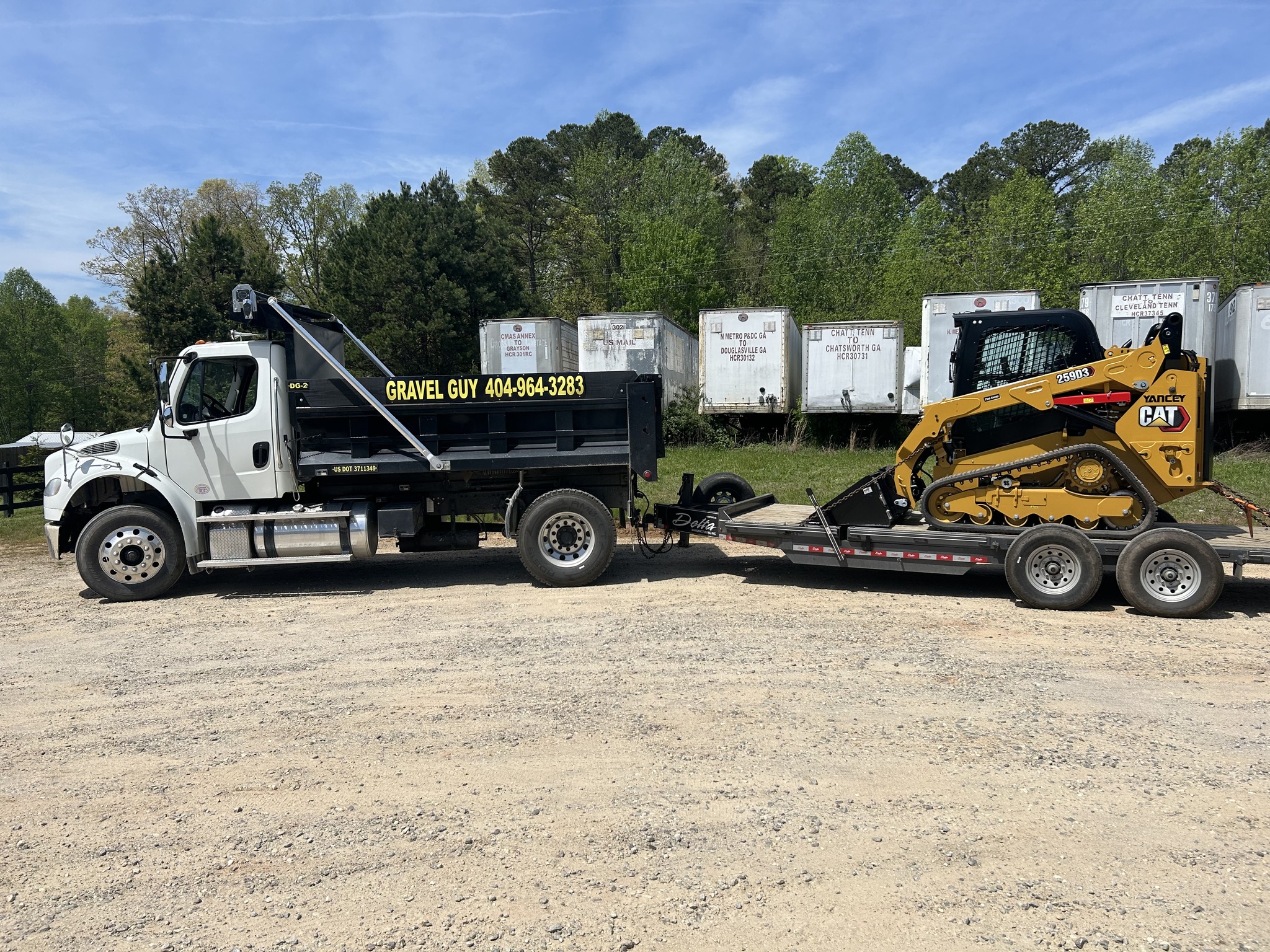
Top Tips for Maintaining Your Gravel Paths and Walkways Oct 02, 2025
Firstly, start with regular cleaning. Clean gravel paths will not only enhance the appearance of your landscape but will also ensure longevity. Remove leaves, debris, and dirt frequently using a leaf blower or a stiff broom. This simple maintenance step prevents the accumulation of organic matter, which can foster weed growth and compromise the gravel's structure. Make it a part of your routine to inspect your pathways, especially after a storm or heavy winds, as these conditions can deposit a significant amount of unwanted debris.
Controlling weeds is vital in gravel maintenance. Although gravel is less prone to weed growth compared to other surfaces, it is not immune. For effective weed control, apply a weed killer or a pre-emergent herbicide applicable to gravel areas. If unwanted plants do appear, pull them out manually or use a weed mat underneath the gravel as a preventative measure. This creates a physical barrier that significantly reduces the ability of weeds to take root.
Another essential aspect of maintaining your gravel paths is managing gravel displacement. Over time, foot traffic and natural erosion can cause gravel to scatter, leaving thin spots. Address this by raking the gravel back into place regularly, redistributing the stones evenly. This not only maintains the path’s aesthetic and function but also reduces tripping hazards. For areas with frequent movement, consider adding an edging or border, which helps contain the gravel and maintain a defined pathway.
Gravel compacting is another tip to preserve your pathways efficiently. By keeping the gravel compacted, you ensure a solid surface that minimizes shifting and sinkholes. A plate compactor can be rented for this task, or you can use a hand tamper for smaller areas. Compacting should be done periodically, especially after adding new gravel layers or following heavy use.
Periodically, your gravel paths may require replenishment. The frequency of this will depend on the amount of traffic and use your paths receive. Observe your pathway regularly and add a fresh layer of gravel when necessary to maintain the desired depth and evenness. Typically, this is done once every year, ensuring the surface remains functional and visually appealing.
Finally, addressing drainage is crucial for the health of gravel paths. Ensure the paths have a slight slope for water runoff, preventing accumulation and potential erosion. Poor drainage can lead to water pooling, which not only damages the path but also encourages weed growth. If water tends to collect, consider installing a simple drainage system, like a French drain, to direct water away from the path.
Maintaining gravel paths and walkways doesn’t have to be labor-intensive, but it does require consistent attention. By dedicating time to these maintenance practices, you’ll preserve the charm and utility of your gravel surfaces, ensuring they remain a functional and attractive part of your landscape. For any significant renovations or installations, consult with The Gravel Guy to leverage expertise and products specially designed to enhance your outdoor spaces.
/filters:no_upscale()/media/f0621ac6-32f4-45b9-a3cf-a07afd695083.jpg)
/filters:no_upscale()/filters:format(webp)/media/7676af6a-f7c5-4084-a0c8-70ad44f46593.jpeg)